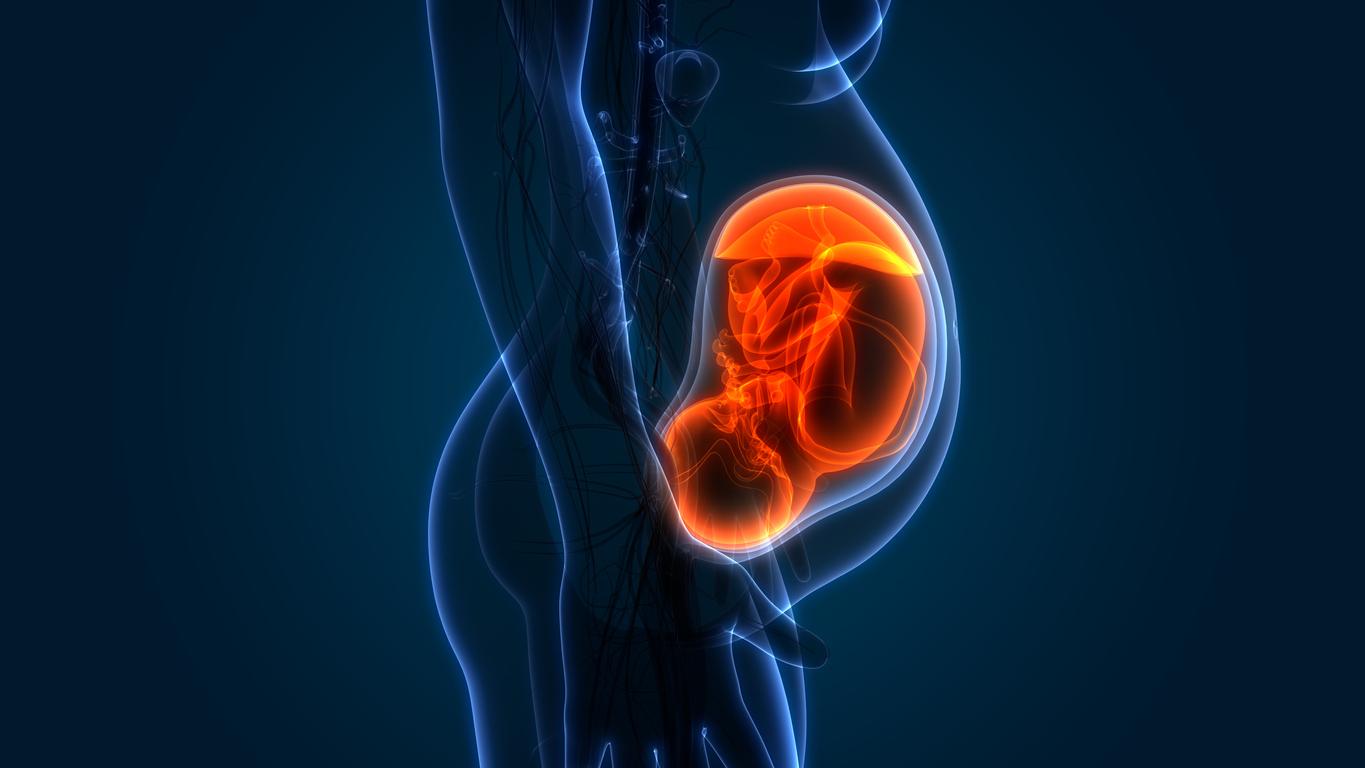In the Great National Debate that is underway, the closure of maternity wards is a subject that has come up several times because it is experienced in a very distressing way in certain regions of our country. Why Doctor offers you a series of articles on this theme to feed the national reflection.

Between 1972 and 2012, two thirds of maternity wards closed in France. Above all, between 1996 and 2016, one in three maternity wards closed. At the same time, the number of establishments with more than 3,000 deliveries per year has tripled.
A profound change which is not without worrying future mothers and which can pose a problem in certain regions where the conditions of access are not guaranteed all year round. Many factors have contributed to the merger and closure of maternity wards, but it is the stricter rules of organization and equipment that have been put forward in this process with a perspective of better safety of care.
How many maternity hospitals have been closed in France?
The organization of maternity wards in France has undergone major restructuring over the past 40 years. Initially guided by a demand for safety, this movement, which began in the early 1970s with the Dienesch decree, accelerated with the decrees of October 9, 1998 aiming, in the extension of the perinatal plan of 1994, to improve the indicators of perinatality in France, which were lagging behind other countries.
This restructuring is the most deep experienced by the hospital sector, public and private, over the past 40 years. The number of maternity wards in France thus rose from 1747 maternity wards in 1972, to 1128 in 1981, 816 in 1995, 535 in 2010 and 517 in 2016. Over the past few years, there has been a marked slowdown in closures.
What are the consequences for the delivery of care?
The consequence of these closures is a significant decrease in the number of obstetrics beds available, especially in the private sector (clinics). At the same time, an increase in the average size of maternity wards has been observed: the number of establishments providing more than 3,000 deliveries per year has thus doubled in ten years, while the number of those providing fewer than 500 has been divided by of them.
It is therefore a drastic restructuring which only brings France closer to our neighbours. This development is not, in fact, unique to our country. It has affected all the major European nations: in 2010, 69% of deliveries in Ireland and 51% in Sweden took place in maternities with more than 3,000 deliveries per year, compared to 48% in France.
An evolution in the organization of care
After the drastic reduction, closures continue but at a much slower pace since 2010 when there were still 535 maternity units in mainland France: there are now 517 in France. 2016. Above all, contrary to the beginning of the 2000s when closures were concentrated on small maternities: between 2010 and 2016, it was particularly the maternities of intermediate size (between 1000 and 1500 births) which have been closed or grouped together.
Some small establishments have, in fact, been preserved by way of derogation “when the distance from establishments practicing obstetrics imposed excessive travel times on a significant part of the population”, according to the Court of Auditors. Because that’s the whole problem, some French regions are fragile, especially at certain times of the year. This is of course the case with the islands, where women are brought closer to maternity wards before their due date, to avoid a transfer due to bad weather conditions. But it is the same in the mountains and even in Burgundy (Morvan).
For 40 years, the closure of maternity wards has been drastic, inducing profound changes in France with consequences on accessibility to maternity wards, in particular in certain French regions. In the news, some spectacular or dramatic events have been “attributed” on several occasions to the lengthening of access distances to maternity wards. These events are fortunately rare but require a detailed analysis to correct the problems if they exist.
This article, the result of a few interviews and the analysis of the literature on the subject, aims to expose the data currently available and is part of a series of 3 articles to document the Great National Debate

.

















